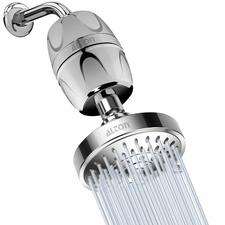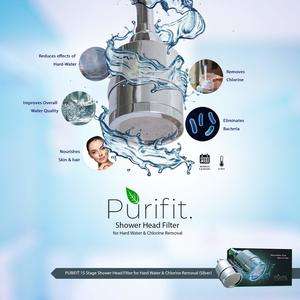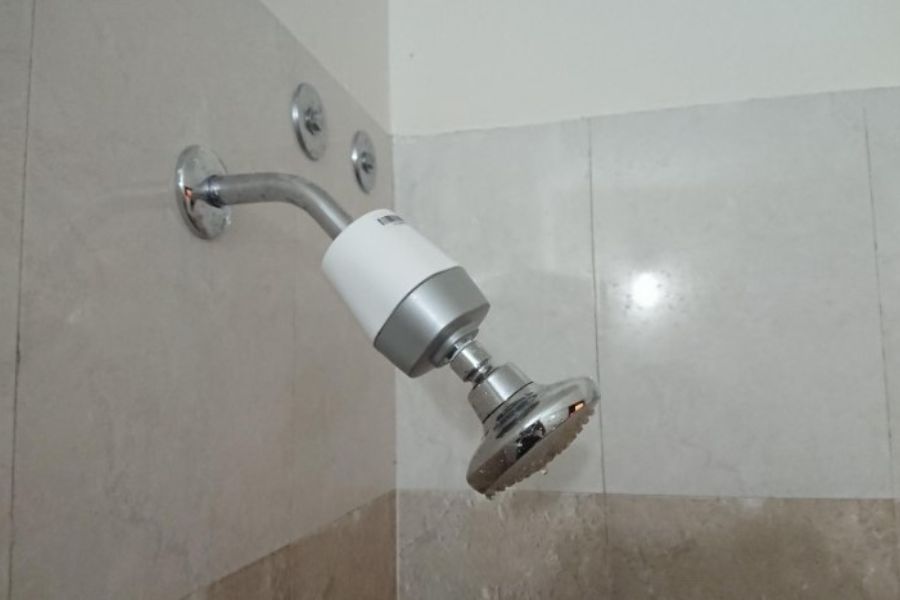If you’re struggling with hard water in your home, installing a water softener can significantly improve your water quality. Hard water, high in minerals like calcium and magnesium, can cause various issues, from limescale buildup in your pipes and appliances to making your skin and hair feel dry. A water softener removes these minerals, softening your water and extending the lifespan of your plumbing and appliances. However, knowing where to install a water softener is crucial for its efficiency and effectiveness. In this guide, we’ll explore the best locations for water softener installation.
Understanding Water Softeners
Before we dive into the specifics of where to install a water softener, let’s first understand what a water softener does. It’s a device that uses ion exchange to remove minerals like calcium and magnesium from your water. This process prevents scale buildup and improves soap and detergent efficiency, resulting in softer clothes and cleaner dishes.
Ideal Locations for Water Softener Installation
Main Water Line
The most common and recommended place to install a water softener is near the main water line before it splits into the hot and cold water lines. This location ensures that all the water entering your home is treated, protecting your entire plumbing system and all water-using appliances.
Near a Drain and Electrical Outlet
Water softeners periodically regenerate, flushing the captured minerals away. Therefore, installing your water softener near a drain is essential to handle the discharge. Additionally, an electrical outlet must be within reach because water softeners require power for their control systems.
Utility Room, Basement, or Garage
The utility room, basement, or garage is often the best place to install a water softener. These areas typically provide easy access to the main water line, a drain, and an electrical outlet. They also keep the softener out of sight while allowing easy maintenance access.
Considerations for Outdoor Installation
In some cases, outdoor installation might be necessary or more convenient. When considering where to install a water softener outdoors, it’s vital to ensure the unit is protected from the elements, particularly in extreme weather conditions. An insulated cover or a small shed can provide adequate protection.
Factors to Consider When Choosing a Location
When deciding where to install a water softener, consider the following factors to ensure optimal performance and convenience:
· Accessibility for Maintenance: Choose a location that’s easily accessible for salt replenishment and system maintenance.
· Protection from Freezing: If you live in a cold climate, ensure the installation site is protected from freezing temperatures to prevent damage to the unit.
· Local Building Codes: Always check your local building codes and regulations before installation. Some areas may have specific requirements or restrictions for water softener installation.
Best Water Softener for bathroom

ALTON SHR20180 6 Inch Hard Water Filter

PURIFIT 15 Stage shower filter water softener
Conclusion
Determining where to install a water softener in your home is critical in ensuring you get the most out of your investment. The main water line, preferably in a utility room, basement, or garage, near a drain and an electrical outlet, is generally the best choice. However, every home is unique, so consider your needs and constraints. Remember, the proper installation spot is critical to enjoying soft, scale-free water throughout your home, protecting your appliances, and improving your overall water quality.




